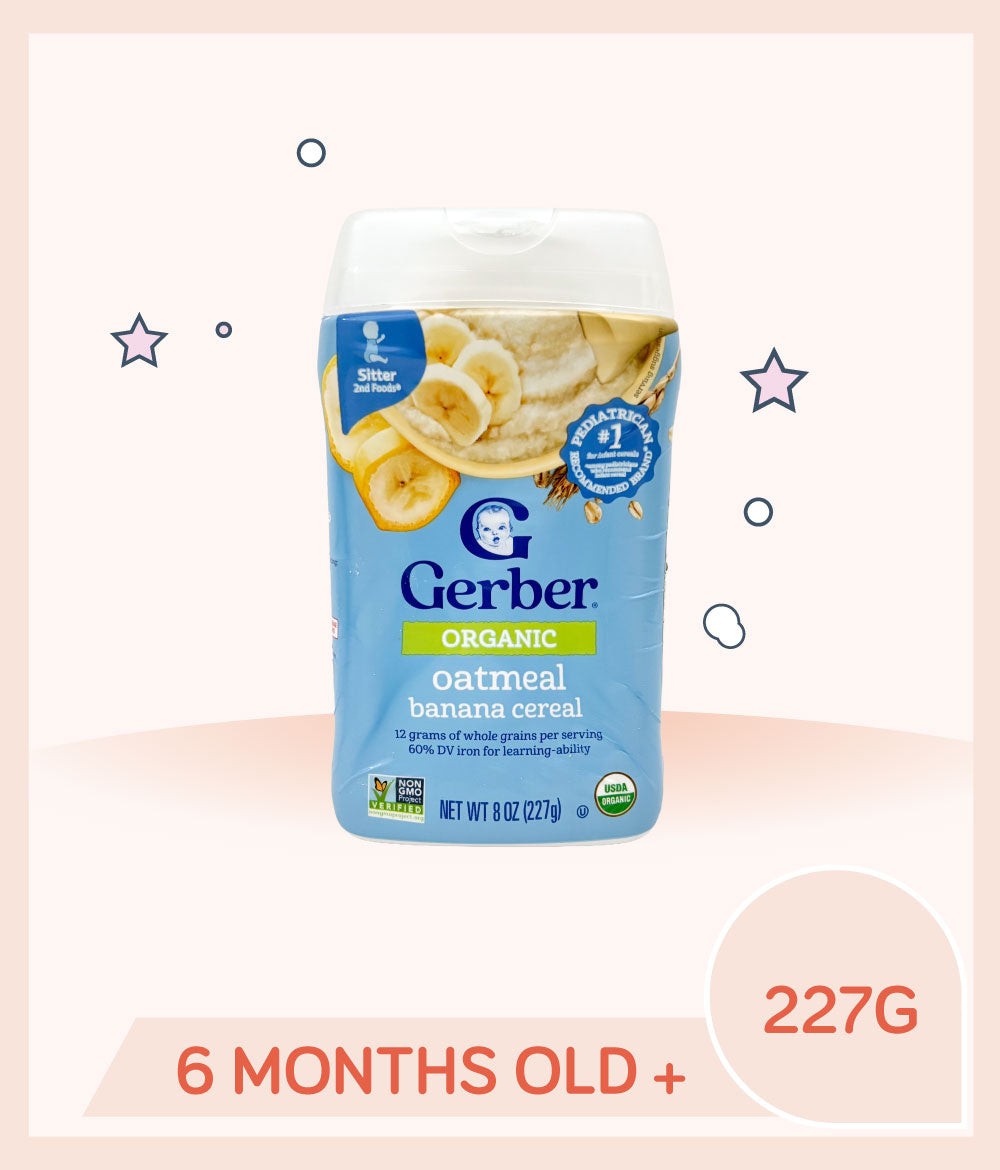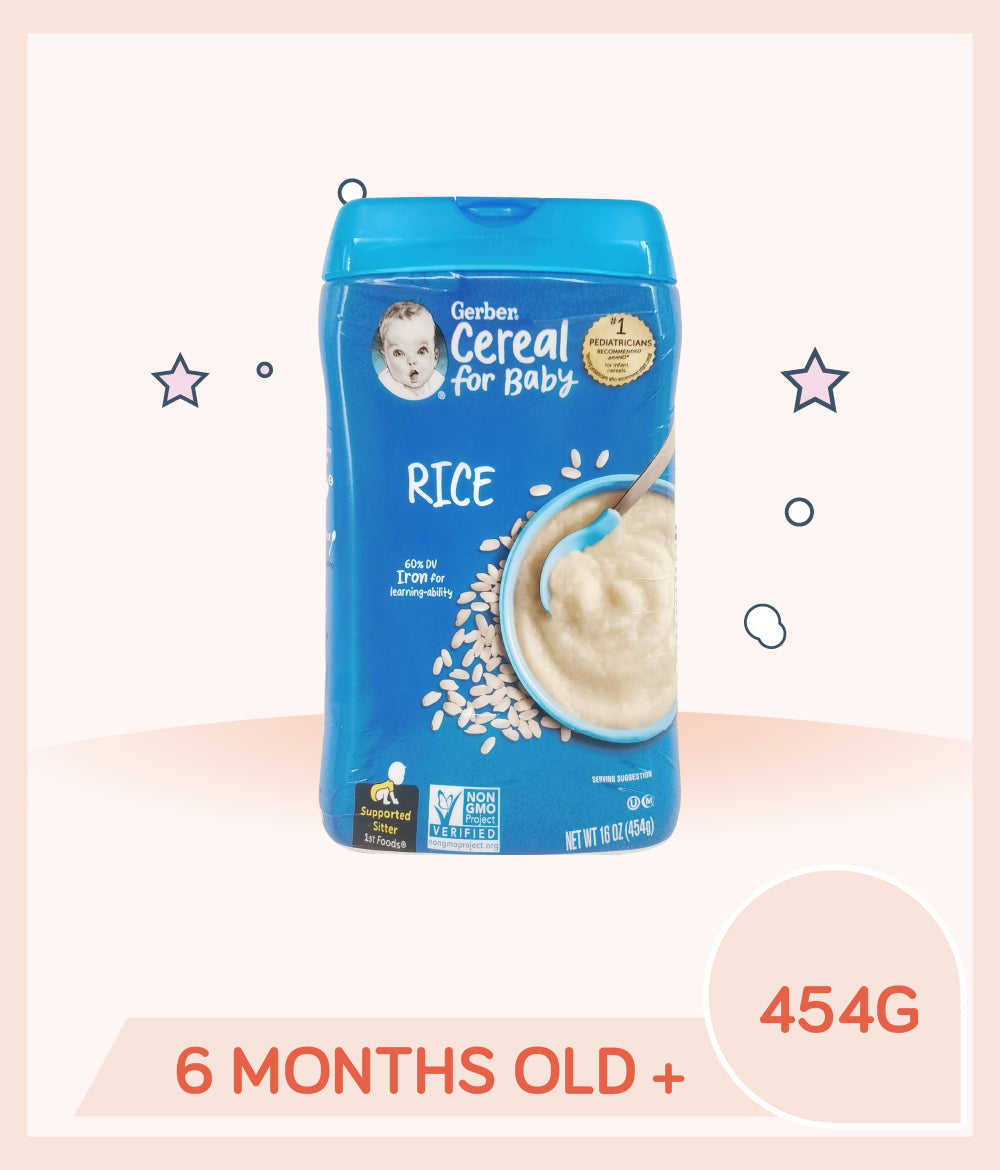Understanding Allergies in Babies and Children
Allergies in babies and kids are more common than many parents realize.
Whether it’s a rash after trying a new food, sneezing from pollen, or a persistent cough—childhood allergies can show up in many different ways.
An allergy happens when your child’s immune system mistakenly identifies a harmless substance—like pollen, certain foods, or pet dander—as a threat.
This overreaction causes the body to release chemicals like histamine, which triggers symptoms such as itching, swelling, sneezing, or digestive upset.
Why Do Allergies Happen?
So, why do allergies happen? It’s often a mix of genetics and environmental exposure.
Babies with a family history of allergies, asthma, or eczema are more likely to develop allergic conditions.
A developing immune system, frequent exposure to new substances, and even disruptions to the gut microbiome may also play a role in allergy development.
Understanding the types of allergies in babies and kids can help you recognize the signs early and manage them with confidence.
1. Food Allergies
Food allergies in babies often appear when solids are first introduced—typically around 6 months of age.
Common culprits include:
• Cow’s milk
• Eggs
• Peanuts
• Tree nuts (e.g. almonds, cashews)
• Soy
• Wheat
• Fish and shellfish
Symptoms of food allergies:
• Rash or hives
• Swelling of lips, face, or eyes
• Vomiting or diarrhea
• Coughing or wheezing
• Trouble breathing
• Anaphylaxis (a severe, life-threatening reaction)
If your baby shows any signs of a food allergy, stop feeding the suspected food and seek medical advice.
Want to reduce the risk of food allergies? Read our guide on introducing allergens to babies safely.

2. Skin Allergies
Skin allergies in children can show up as itchy, dry, or inflamed skin.
These reactions may be caused by food allergies, contact with irritants, or even temperature changes.
Common types of skin allergies:
• Eczema (Atopic Dermatitis): Often starts in infancy and is linked to allergies or asthma. It appears as dry, red, itchy patches on the face, arms, or legs.
• Contact Dermatitis: Caused by direct contact with substances like soap, detergents, metal snaps, or fragrances.
• Hives (Urticaria): Raised, itchy welts triggered by food, medications, or environmental factors.
Tips to manage skin allergies:
• Use gentle, fragrance-free products for bathing and skincare
• Keep your child’s skin moisturized
• Avoid known irritants (e.g. rough fabrics, soaps)
• Talk to a pediatrician if rashes are persistent

3. Environmental Allergies (Seasonal & Indoor)
As babies grow older, they can develop environmental allergies caused by substances in the air or their surroundings.
Common environmental allergens:
• Pollen from trees, grass, or weeds
• Dust mites
• Mold spores
• Pet dander
• Smoke or pollutants
Symptoms of environmental allergies in kids:
• Sneezing or nasal congestion
• Itchy, watery eyes
• Runny nose
• Persistent cough or wheezing
• Sinus pressure
• Trouble sleeping or fatigue
4. Respiratory Allergies and Asthma
Respiratory allergies can also trigger asthma, especially in children who are sensitive to pollen, dust, or pet dander.
Signs of asthma triggered by allergies:
• Wheezing or difficulty breathing
• Frequent nighttime coughing
• Chest tightness
• Reduced energy or trouble during play
If your child has symptoms like these, speak to your doctor about allergy testing and an asthma management plan.

5. Insect Sting Allergies
Some children may be allergic to insect stings, particularly from bees, wasps, hornets, or fire ants.
Signs of a sting allergy:
• Swelling at the sting site
• Hives or rash
• Nausea or dizziness
• Trouble breathing (in rare cases, anaphylaxis)
Children with known insect allergies may need to carry an EpiPen and avoid high-risk areas like grassy fields or picnic spots.
6. Medication Allergies
Although rare in babies, medication allergies can develop at any age—especially to antibiotics like penicillin.
Symptoms:
• Skin rashes or hives
• Swelling
• Nausea or vomiting
• Wheezing
• Anaphylaxis (rare but serious)
Always inform your pediatrician of any past reactions to medications.
When to See a Doctor or Allergist
It’s important to talk to your pediatrician or an allergist if:
• Your child has frequent rashes, sneezing, or unexplained symptoms
• Symptoms consistently appear after eating certain foods or being outdoors
• There's a family history of allergies, asthma, or eczema
• You suspect a serious or life-threatening reaction
Early allergy testing—through blood tests or skin prick tests—can identify triggers and help you create a personalized treatment plan.
Final Thoughts: Helping Your Child Live Comfortably With Allergies
Having a child with allergies can feel overwhelming, but knowledge is power.
Whether it’s food, skin, or environmental allergies, the key is early recognition and careful management.
Most childhood allergies can be controlled with a combination of avoiding triggers, using gentle products such as California Baby skincare series, and getting the right medical advice.
With your support and the right care, your child can thrive—even with allergies.
References
1. American College of Allergy, Asthma, and Immunology (ACAAI) – “Childhood Allergy Guide.” https://acaai.org
2. National Institute of Allergy and Infectious Diseases (NIAID) – “Food Allergy Overview.” https://www.niaid.nih.gov
3. KidsHealth from Nemours – “Allergies in Children.” https://kidshealth.org
4. Cleveland Clinic – “Skin Allergies in Children.” https://my.clevelandclinic.org
















Leave a Reply